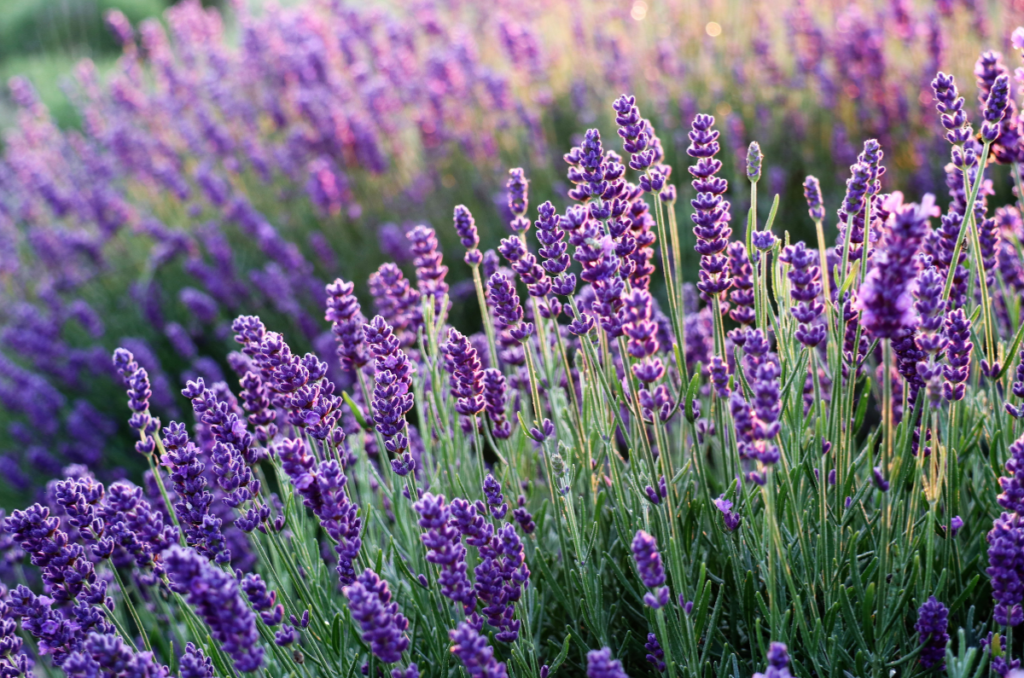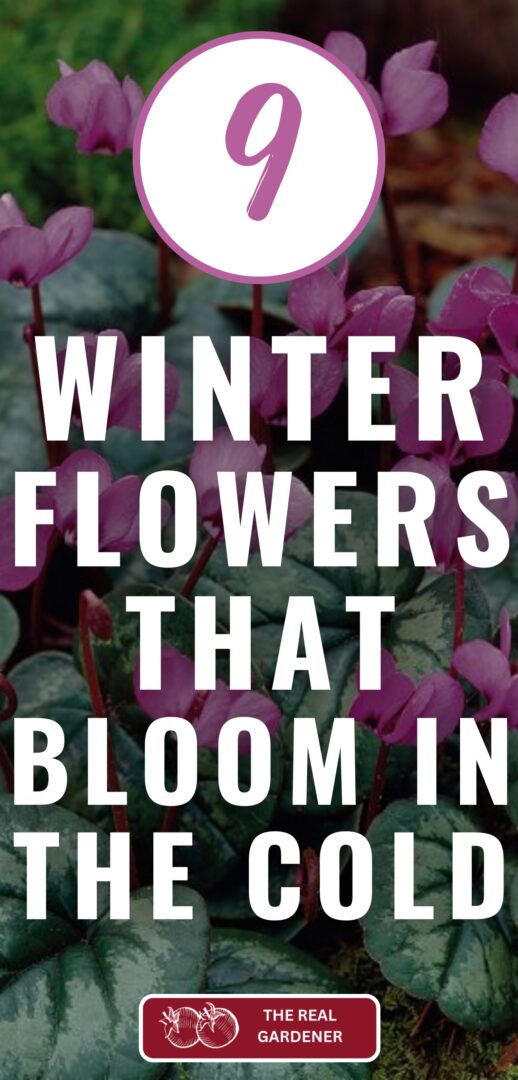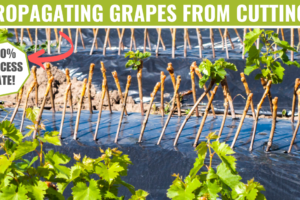Disclaimer: This blog post contains affiliate links. If you make a purchase through these links, I may earn a small commission at no additional cost to you. Learn More. Thank you for supporting our garden community.
What is Cold Stratification? Here’s Why you Need to Know it
Have you ever tried planting seeds that just refuse to sprout, no matter how much you care for them? If so, you may be missing one important step: cold stratification. This simple but essential process mimics the natural conditions that many seeds need to break dormancy and grow. Whether you’re a beginner gardener or an experienced green thumb looking to enhance your germination rates, this guide will walk you through everything you need to know about cold stratification.

Everything to Know About Cold Stratification
Here’s what you will learn today:
- What Cold Stratification Is: An explanation of cold stratification and why it’s a critical step for breaking seed dormancy, especially in plants that experience seasonal changes.
- Why Certain Seeds Require Cold Stratification: Insight into why certain seeds need exposure to cold conditions to germinate successfully.
- How to Cold Stratify Seeds at Home: Step-by-step instructions for both outdoor and indoor methods to cold stratify seeds, complete with tips on preparation, duration, and ideal temperatures for various types of plants.
- Troubleshooting and Common Mistakes: Practical advice on avoiding overwatering, handling inconsistent temperatures, and recognizing when stratification is necessary to maximize germination rates and prevent common issues.
Products
To buy high-quality garden seeds, check out Burpee.
For a wide selection of perennial garden plants, check out Nature Hills Nursery.
For gardening equipment, check out Bootstrap Farmer.
What is Cold Stratification?
Cold stratification is a process of exposing seeds to a period of moist, cold conditions to simulate winter.
This mimics the natural cycle that many plant seeds go through in the wild, where they lie dormant through winter months and only germinate when temperatures rise, signaling the arrival of spring.
This process helps break down the seed’s dormancy mechanisms and triggers germination.
Why Do Some Seeds Need Cold Stratification?
Certain plant species evolved in climates with distinct seasons, so their seeds require a period of cold to prevent germination at the wrong time.
Just think about it, without this dormancy-breaking period, seeds could sprout in the fall or early winter when conditions aren’t suitable for survival. This would cause the plants to die prematurely, meaning they can’t reproduce.
Cold stratification ensures the seeds germinate when environmental conditions are optimal, allowing them to grow and reproduce at the right times.

Examples of Seeds That Need Cold Stratification:
- Perennials like lavender, lupines, and echinacea.
- Most native wildflowers.
- Trees and shrubs such as oak and maple.
- Flowering bulbs

Examples of Vegetable Seeds that Need Cold Stratification:
Generally speaking, the bulb-forming and perennial vegetables may benefit from cold stratification.
How to Cold Stratify Seeds at Home
Method 1: Outdoor Cold Stratification
The simplest way to cold stratify seeds is to let nature do the work:
- Sow Seeds in Late Fall: Plant your seeds directly in the garden or pots in late fall. The cold winter months will naturally stratify them. This is true for any seeds or bulbs that you want to grow. It is basically a hands-off process because nature will do the work for you.
- Monitor Moisture Levels: Ensure the soil remains slightly moist throughout the winter, but avoid overwatering to prevent rotting. If there is snow cover, you shouldn’t have to worry about this. The melting snow will provide enough moisture for the seeds to germinate.
That being said, there is a way to sort of cheat the process of cold stratification. And that leads us into our next method.

Method 2: Refrigeration Cold Stratification
For gardeners who want more control or live in warmer climates:
- Prepare Your Seeds: Place seeds in a moist medium like paper towels, sand, or vermiculite. Lightly dampen the medium but ensure it isn’t soaking wet. I like to soak a paper towel and then fully ring it out for this step.
- Seal and Store: Put the seeds and medium in a resealable plastic bag or container.
- Refrigerate: Store the seeds in the refrigerator for a specific period, typically 1-3 months, depending on the seed type. DO NOT FREEZE THE SEEDS! It is cold stratification, not freeze stratification. The fridge provides the perfect temperature for this process (roughly 34-41 degrees F, or 1-5 degrees C).
- Monitor Regularly: Check the seeds periodically to ensure they don’t dry out or become moldy. I have had the sprouting medium go moldy before, but the seeds should still germinate properly. If you want, you can replace the medium with a new one.
How Long Should You Stratify?
Different seeds require different periods of cold stratification. Here’s a general guide:
- Short-period stratification (1-4 weeks): Ideal for plants like coreopsis and columbine.
- Medium-period stratification (4-8 weeks): Recommended for species such as lavender and black-eyed Susans.
- Long-period stratification (8-12+ weeks): Necessary for long-lived perennial plants and trees like maple.
The time your seeds need to properly stratify depends mostly on where they originated and their lifespan.

Pro Tips for Successful Cold Stratification
- Use Clean Materials: Ensure that the containers, medium, and seeds are clean to prevent mold growth. Once again, you may have to replace the medium periodically, as it can develop mold over time.
- Label EVERYTHING: Clearly mark each container with the seed type and the start date to avoid confusion. Sometimes I like to flatter and convince myself that I will be able to distinguish every single seed variety without labelling, but it almost never happens.
- Temperature Consistency: Aim to keep the refrigerator at a consistent temperature between 34-41°F (1-5°C).

What to Do After Cold Stratification
When the stratification period is complete, remove the seeds from the refrigerator and sow them in a seed-starting mix or directly in your garden. Ensure that the growing medium is moist but not waterlogged.
Providing warmth and adequate sunlight will encourage the seeds to germinate and grow into healthy plants.
Common Mistakes to Avoid
- Overwatering the Medium: Excess moisture can lead to seed rot. Keep the medium moist but not soaking wet. When you squeeze it in your hands, only a drop or two of water should fall.
- Skipping Stratification for Certain Seeds: If seeds that require stratification are sown without stratification, they may not germinate.
- Inconsistent Temperatures: If the seeds are exposed to inconsistent temperatures during stratification, it can disrupt the dormancy-breaking process. You don’t have to be too religious about it though, as not even nature would maintain a constant temperature.
Discussion Questions:
- Which types of plants in your garden require cold stratification for successful germination, and have you tried it before?
- Do you think you would use natural outdoor stratification, or would you try the refrigerator method for more control? Why?
Frequently Asked Questions
No, only seeds from plants that naturally experience cold weather need this process of cold stratification. Check the back of the seed packet to see if your varieties need it.
This is where refrigeration comes into play. If it’s already mid-winter and you are just realizing that you need to cold stratify your seeds, use the second method outlined in this article, which is to refrigerate the seeds in a sealed bag with a moist medium.
Yes, even for indoor growing, some seeds still need stratification to break dormancy. If they require cold stratification, use the refrigeration method to achieve good germination results.
Even More Gardening Ideas
Here are a few more posts to get the ball rolling in your garden!
- 7 Types of Maple Trees for Your Fall Landscape
- 8 Foods You Can Still Forage in the Winter
- 9 Best Winter Flowers to Beautify your Garden
Mastering cold stratification can unlock a world of gardening possibilities, allowing you to grow a broader range of plants with higher success rates. By replicating the natural dormancy-breaking process, you give your seeds the best chance to thrive and develop into strong, beautiful plants.
If you enjoyed this article, make sure to share it with your friends and family members who are also looking to improve their gardening skills. Also, consider signing up for our email newsletter; don’t worry, we won’t send you spam, just fresh gardening tips and tricks every week!
If you want to learn more about gardening, foraging, and nature, check out The Real Gardener on LinkedIn, YouTube, and Pinterest.
Pin this post for later:









Leave a Reply